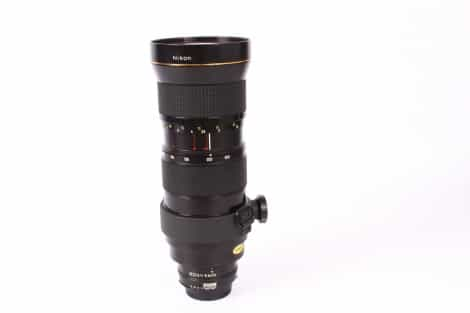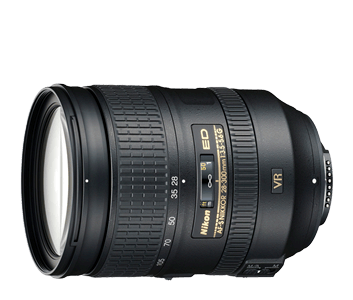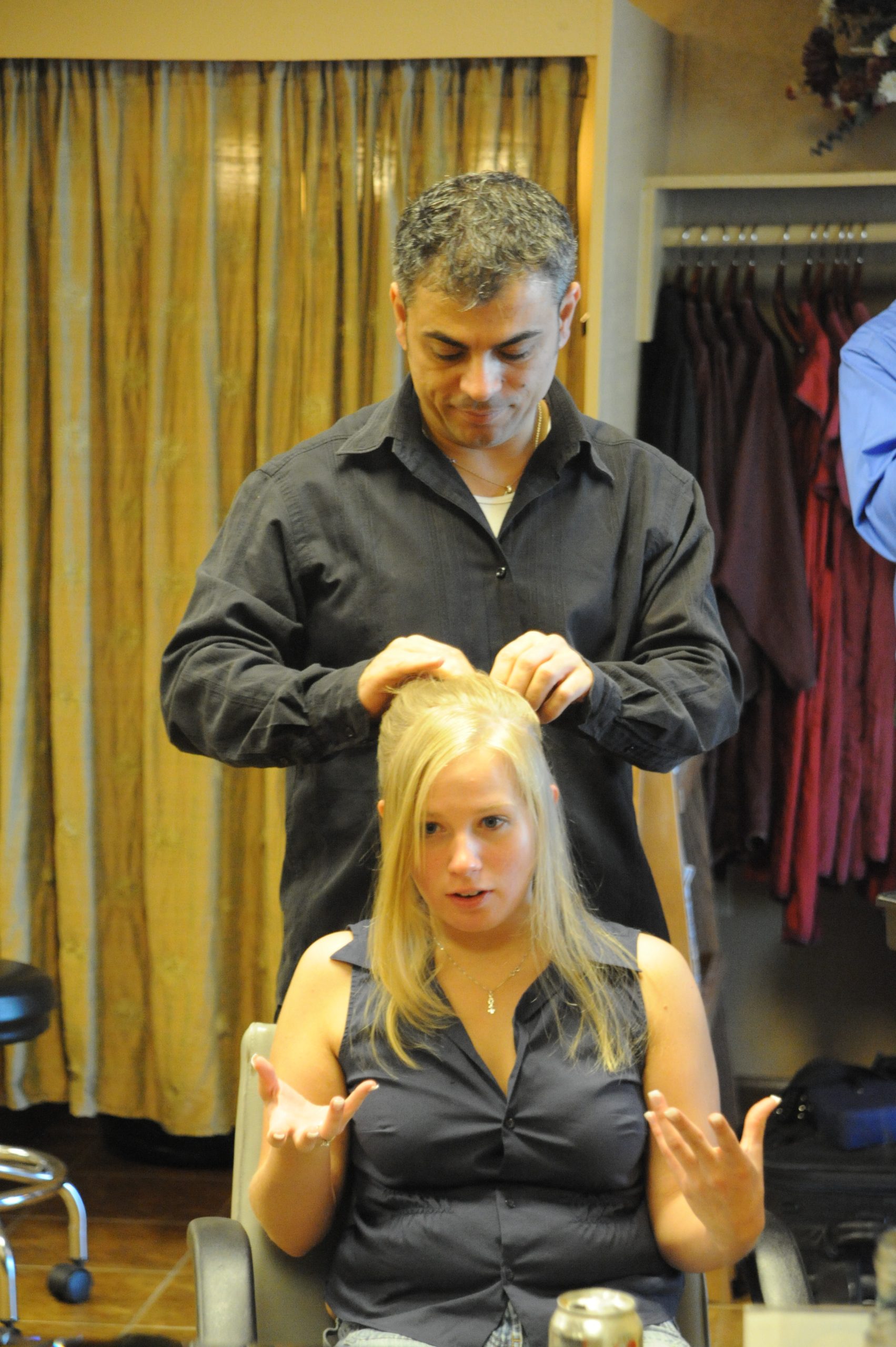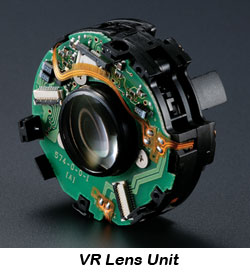Nikon D3, 24-120mm, ISO 6400, 1/50, ƒ/5.6 (shot at 112 focal length)
Photos are not sharp
While the photo above is not terrible, it isn’t sharp. Look at the enlarged section here below.

The reason the photo isn’t sharp is not due to the camera or lens. The number one problem facing most photographers today is soft images due to camera movement.
No matter the camera you are shooting, a tripod is the best thing to combat camera movement. Your images will be the sharpest possible if your subject is perfectly still during the exposure.
The second thing you can do is to increase the shutter speed. The rule of thumb is to turn your focal length into a fraction. Put one over your focal length and then find the closest shutter speed on your camera, which is faster than it, and you are generally good to go.
I was shooting at a focal length of 112 in the photo above. I would convert this to a fraction of 1/112 and then shoot to the closest shutter speed, which would have been 1/125 for my camera. However, I was at ISO 6400, ƒ/5.6, and 1/50. I needed to go up by more than one stop for this photo.
For various reasons, I couldn’t raise the shutter speed. To raise it would have been to push the ISO to 12,800, but the D3 didn’t look all that reasonable at 12,800. I was already wide open, so that I couldn’t open the aperture anymore. I couldn’t shoot with a tripod in the hair salon because I would be in the way of customers.
Nikon to the rescue
Nikon added two lenses to some to help with the camera shake. These lenses help with vibration and reduce the camera shake by counteracting it. They call these lenses VR, which is an acronym for Vibration Reduction. Nikon VR lenses use two angular velocity sensors, one that detects vertical movement (pitch) and the other horizontal movement (yaw), with diagonal motion handled by both sensors working together. The sensors send angular velocity data to a lens microcomputer, determining how much compensation is needed to offset the camera’s shake and sending that information to a duo of voice coil motors that move selected lens elements to compensate for the detected motion.
If you ever go on a cruise, the ships have similar devices called gyroscopes that help stabilize a boat in rough water. If you have ever been on a ship and still felt the roll of the sea, this is because there is a limit to how much they can compensate.
The compensation of the Nikon VR II lenses equals four stops. This means that if you were shooting handheld with a camera lens at 1/60, you should get the same sharpness as if you were shooting at 1/1000. So you should be able to handhold a 1000mm lens at 1/60 based on this technology. But if you have ever handheld a 600mm lens, you know few can hold one up.
The VR system can also detect the use of a tripod, recognize panning―an instance in which you wouldn’t want the lens to compensate for movement―and address the specific shake caused by the ongoing vibration patterns produced when shooting from a moving vehicle. From my experience, you want to turn off the VR function when shooting from a tripod.

I am shootishootikon D4 instead of the D3 above a few years later. I can now shoot ISO 12,800 and have the newer AF-S NIKKOR 28-300mm f/3.5-5.6G ED VR, a VR II technology.
I am hand-holding this lens and just loving the results.
When I started shooting professionally 30 years ago, I used the Nikon FM2 film camera. Let me list a few things that have changed, making the above photo possible, which I could have never done before.
- Autofocus lenses
- The highest ISO I shot in 1982 was ISO 400 for color, and today, I regularly shoot ISO 12,800
- Vibration Reduction (letting me handhold images four stops slower)
- In-Camera White Balance today (Only Daylight, Tungsten, and BW film in 1982)

The lenses were manual focus early in my career and weighed much more than today. They are not as sharp as today’s lenses due to the ability of computers to help in the design today.
 |
| Today, this 28-30mm lens only weighs 28.2 oz and can focus faster than I could ever do with a manual lens. |
Nikon has helped me take photos I could never have taken before in available light, helping me provide services to my clients that have never been done before.
My go-to lens
The AF-S NIKKOR 28-300mm f/3.5-5.6G ED VR lens might as well be bolted onto my camera. I use other Nikon lenses, but this is always my first choice in most situations I shoot. This lens with the Nikon D4 is one of the best combinations in camera gear today.



